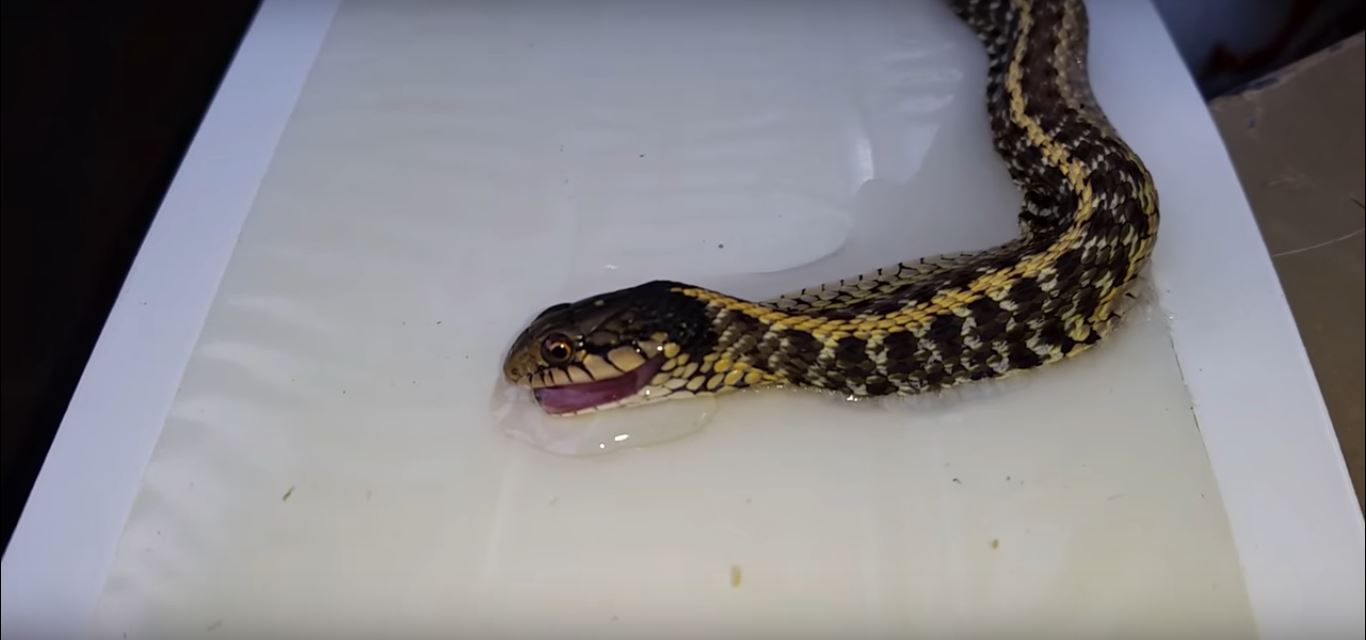Snakes in the Grass
There is something about encountering a Memphis snake that causes many people to pull back,
despite that most snakes are harmless to humans. In Tennessee, there are 46 known native
species, only a half-dozen of which are venomous and represent a threat to people who
won’t leave them alone or accidentally experience a close encounter. (The non-venomous pythons
and boas of the Everglades are another story.)

Of the six, five are classified as pit vipers, identifiable (at close range) by pits between
their eyes and their nostrils that enable the Memphis snakes to detect heat generated by prey or predators.
The sixth is the Coral snake -- small, black/yellow/red-banded, beautiful and very dangerous. Rarely
more than two and one-half feet long, Coral snakes like to be left alone and stay out of sight by living
much of their lives underground.
Three of the five pit vipers of Tennessee are rattlesnakes, which are a little on the stocky side and range
in length from the Eastern Diamondback at six feet or more to the Pygmy rattler, which rarely tops 20 inches
and while small, is equally deadly. In between is the Timber rattlesnake, which grows to about five feet in
length and which normally abides in the pinelands, bottomland and swamps of Northeastern Tennessee.All three are
distinguished by rows of rattles on the tips of their tails that the Memphis snakes use to warn off perceived
threats.
Eastern Diamondback and Pygmy rattlers range widely across the state, with the Diamondback preferring forest
or scrub habitat, sometimes even slithering about on golf courses. The Pygmy rattler is even bolder, preferring
woods and flatland but sometimes showing up in developed communities as well. Pygmyrattles make little or no
sound, but the little vipersalso warn intruders through head movements and air strikes. Copperheads and Cottonmouth
Water Moccasins round out the list of Tennessee’s pit vipers.
True to its name, the Cottonmouth shows a white interior when it opens its mouth. It is a strong swimmer thatranges
in length from about three feet to about five feet and itcan be found in Memphis lakes and streams throughout the state. It’s
not the only aquatic snake, so if you spot a swimmer, let it go peacefully on its way. Copperheads are normally found
in a small area of the Panhandle and rarely exceed three feet in length. Their preferred habitat is in forested areas
along streams and in wet grasslands. Small or large, when it comes to snakes and any other wild creatures, it is
often wisest to observe and admire from a safe distance.
Visit our Memphis wildlife control home page to learn more about us.

